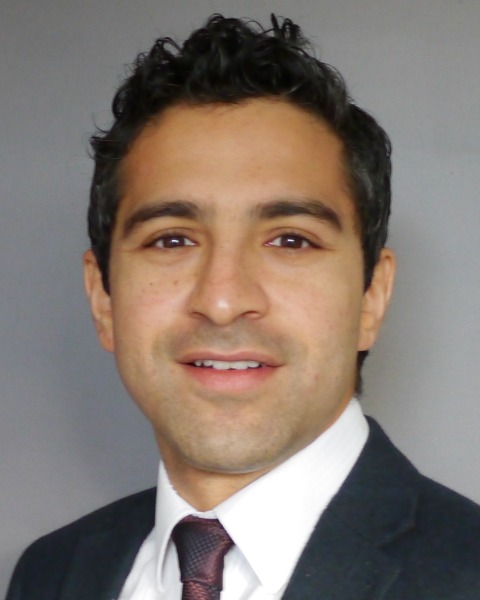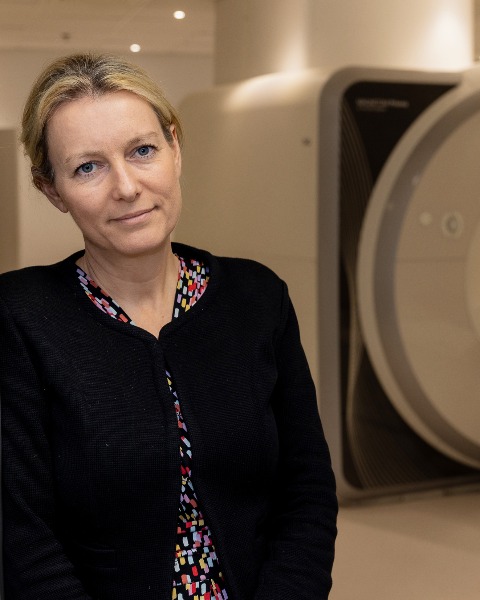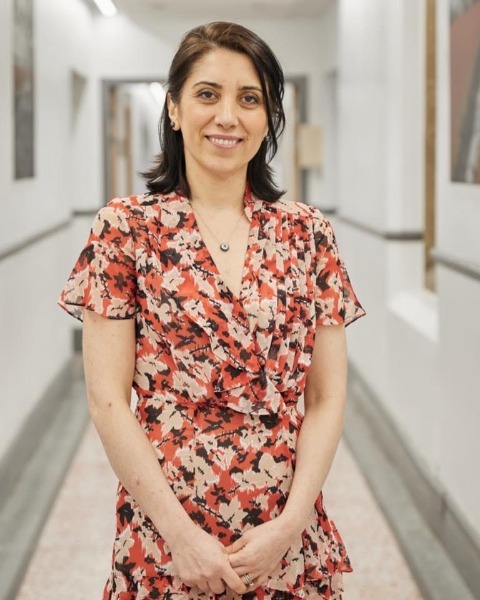Rapid Fire Abstracts
Impact of Age and Sex on Myocardial Involvement in hospitalized COVID-19 patients: A Pre-specified Subanalysis of COVID-HEART (RF_FR_331)

Giandomenico Bisaccia, MD, PhD
CMR Fellow
Royal Brompton and Harefield Hospitals, Italy
Giandomenico Bisaccia, MD, PhD
CMR Fellow
Royal Brompton and Harefield Hospitals, Italy
Chiara Bucciarelli-Ducci, MD, PhD, FSCMR
Consultant Cardiologist
Royal Brompton and Harefield Hospitals
Royal Brompton, United Kingdom- HS
Hunain Shiwani, MD
Research Fellow
University College London, United Kingdom - JA
Jessica Artico, PhD
n/a
Institute of Cardiovascular Science, University College London, London, UK, United Kingdom 
James C. Moon, MD
Professor of Cardiology
University College London, United Kingdom- FR
Fabrizio Ricci, MD, PhD, MSc
Associate Professor
Università degli studi G.D’Annunzio Chieti Pescara, Italy - MG
Miraslawa Gorecka
Clinical Research Fellow
University of Leeds, United Kingdom 
Gerry P. McCann, MD
Professor
University of Leicester, United Kingdom
Giles Roditi, MD
Dr
University of Glasgow, United Kingdom- AM
Andrew Morrow, MB
na
Institute of Cardiovascular and Medical Sciences and British Heart Foundation Glasgow Cardiovascular Research Centre, University of Glasgow, Glasgow, UK, United Kingdom 
Kenneth Mangion, MD PhD
Clinical Lecturer and Cardiology Registrar
University of Glasgow, United Kingdom- EL
Elena Lukaschuk, MSc
Senior Image Analyst
University of Oxford, United Kingdom - MS
Mayooran Shanmuganathan, MD, PhD, MB
na
Division of Cardiovascular Medicine, Radcliffe Department of Medicine, Oxford Centre for Clinical Magnetic Resonance Research, British Heart Foundation Centre of Research Excellence, Oxford NIHR Biomedical Research Centre, University of Oxford, Oxford, UK, United Kingdom - CM
Christopher A. Miller, PhD
Professor of Cardiovascular Medicine
University of Manchester, United Kingdom 
Amedeo Chiribiri, MD PhD FHEA FSCMR
Professor of Cardiovascular Imaging; Consultant Cardiologist
King's College London, United Kingdom- MA
Mohammed Al-Zahir, MD
Doctor
Qatif Central Hospital, Saudi Arabia - Al
Andrew lin, MB
na
Institute of Cardiovascular Science, University College London, London, UK, United Kingdom 
Peter P. Swoboda, PhD
Consultant Cardiologist
Leeds Institute of Cardiovascular and Metabolic Medicine, United Kingdom- AM
Adam McDiarmid
Translational and Clinical Research Institute, University of Newcastle, United Kingdom
- RS
Robert Sykes, MD
University of Glasgow, United Kingdom
- TS
Trisha Singh, MB
Clinical Research Fellow
The University of Edinburgh, United Kingdom 
Dana K. Dawson, PhD
Chair in Cardiovascular Medicine
University of Aberdeen, United Kingdom
Marianna Fontana, MD, PhD
Consultant Cardiologist
University College London, United Kingdom
Charlotte H. Manisty, MD, PhD
Consultant Cardiologist
Barts Heart Centre at St Bartholomew's Hospital, United Kingdom
Thomas A. Treibel, MD, PhD
Associate Professor
University College London, United Kingdom
Eylem Levelt, PhD
Professor of Cardiology
The Baker Heart and Diabetes Institute , Australia- JA
Jayanath Arnold, PhD
Associate Professor
University of Leicester, United Kingdom - RY
Robin Young, PhD
na
Robertson Centre for Biostatistics, Institute of Health and Wellbeing, University of Glasgow, Glasgow, UK, United Kingdom - AM
Alex McConnachie, PhD
Dr
University of Glasgow, United Kingdom 
Stefan Neubauer, MD, PhD
Professor
Oxford Centre for Clinical Magnetic Resonance Research, United Kingdom
Stefan K. Piechnik, PhD, FSCMR
Professor of Biomedical Imaging
University of Oxford, United Kingdom
Rhodri H. Davies, MD, PhD
Doctor
University College London and Barts Heart Centre, United Kingdom
Marc R. Dweck, MD, PhD
Professor of Clinical Cardiology
University of Edinburgh, United Kingdom
Colin Berry, MD, PhD
Professor of Cardiology
University of Glasgow, United Kingdom
John Greenwood, MBChB, PhD, FRCP, FSCMR, FACC, FESC, FBCS, FICS
Professor/Director
Baker Heart and Diabetes Institute
Melbourne University, Australia
Presenting Author(s)
Primary Author(s)
Co-Author(s)
COVID-HEART was a prospective, longitudinal, multicenter, observational cohort study of patients hospitalized with COVID-19 and elevated serum troponin in the United Kingdom. From a pre-specified subanalysis, we evaluated and compared the interaction of age and sex with CMR abnormalities in COVID-19 inpatients and contemporary controls.
Methods:
Patients recruited to COVID-HEART and contemporary controls were included and divided into three groups (COVID-19 positive, troponin positive inpatients; COVID-19 positive inpatients with non-elevated serum troponin; and non-hospitalized, age and sex-matched controls). The impact of age and sex on cardiac abnormalities (left and right ventricular systolic function, pericardial effusion, and myocardial scarring) and myocardial inflammation on CMR was assessed in linear or logistic regression models, and odds ratios (OR) with 95% confidence intervals along with the corresponding p-values for interaction reported.
Results:
Of 519 individuals in COVID-HEART (n=342 cases and n=177 controls), 163 (31.4%) were females, of which 99 (60.7%) were hospitalized with COVID-19 and elevated serum troponin. Median age (IQR) was 61 (54-69) years. CMR abnormalities were not dependent on patient age (p-interaction = 0.5) and were more frequent in males (72% vs 60%, p-interaction < 0.001. Overall, a higher prevalence of macroscopic infarction was observed in males (16% in males vs 5.3% in females, p-interaction = 0.002). Comparable proportions of males and females had microinfarction (9.2%), non-ischemic scar (12.0%), or dual pathology (2.5%) patterns. The microinfarct pattern was exclusively identified among hospitalized patients irrespective of age and sex. No differences in the proportion of patients with LV systolic impairment or pericardial effusion were identified. Females had significantly higher myocardial inflammation detected by global T2 values (Z-score 0.56 vs -0.07, p < 0.0001), while no age-related differences were detected in global T1 or T2 values. At clinical follow-up, no differences were observed in major adverse cardiovascular event rates between males (15.0%) and females (9.1%, p-interaction = 0.3).
Conclusion: COVID-19 affected the heart differently in males and females, with no major differences noted attributable to age. A greater proportion of male patients was found to have an ischemic scar during the acute infection, while microinfarction and other scar patterns were similarly prevalent between sexes.

